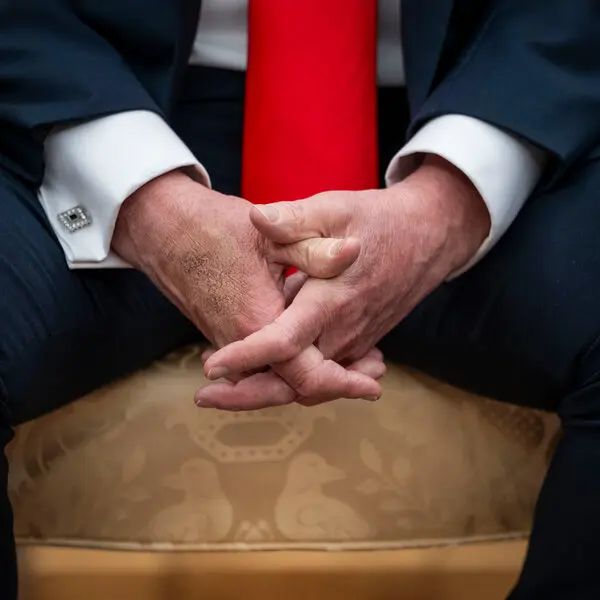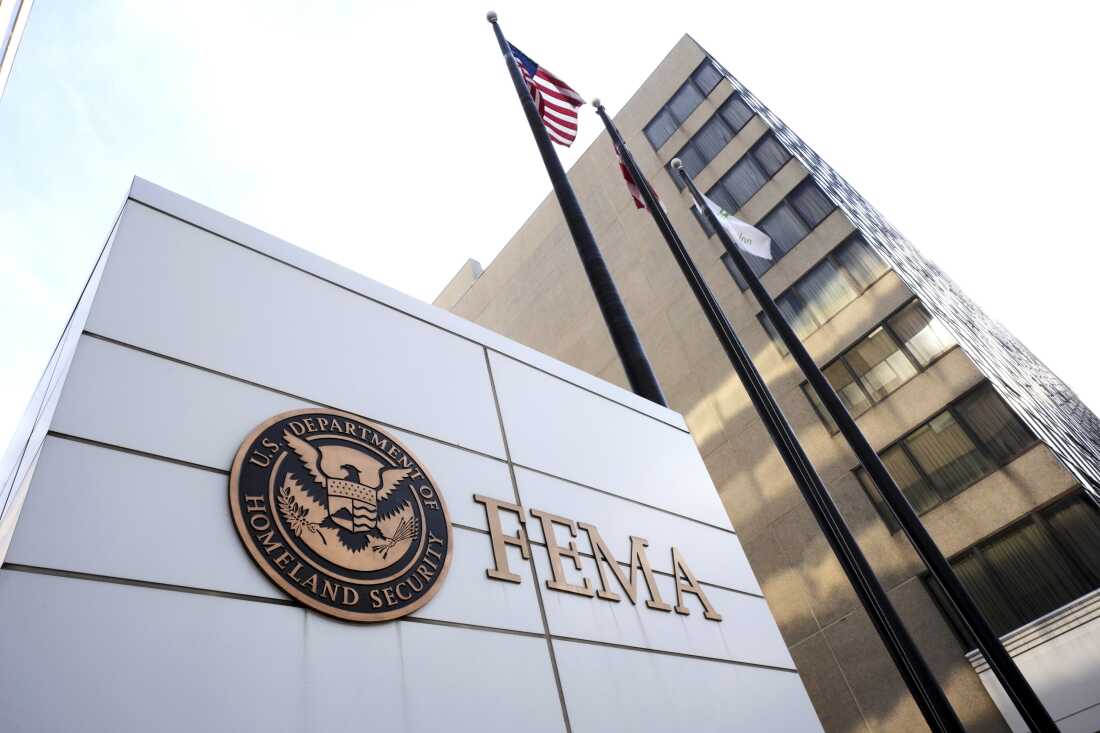Donald J. Trump’s presidency was one of the most consequential and polarizing in modern American history. From his unexpected victory in 2016 to his tumultuous single term, Trump reshaped the Republican Party, the media landscape, and the nature of political discourse in the United States. But while much has been said about how Trump changed America, an equally fascinating question is: How did the Trump era change Trump himself?
The businessman-turned-reality-TV-star-turned-president entered the White House as an outsider, defying political norms and relying on his instincts. By the time he left office—after two impeachments, a failed reelection bid, and an insurrection at the Capitol—he was a different figure: more embattled, more entrenched in his grievances, and yet more powerful within the GOP than ever before.
This article explores the key ways in which the Trump presidency transformed Trump—his leadership style, his public persona, his legal and political vulnerabilities, and his enduring influence on American politics.
1. From Political Outsider to GOP Kingmaker
Before 2016, Trump was a celebrity businessman with no political experience. His presidential campaign was initially seen as a long-shot publicity stunt. Yet, by harnessing populist anger, media savvy, and a talent for dominating news cycles, he defeated the Republican establishment and then Hillary Clinton.
Once in office, Trump’s relationship with the GOP evolved dramatically:
-
Early Resistance: Many traditional Republicans (the “Never Trump” faction) opposed him, viewing him as a threat to conservative principles.
-
Takeover of the Party: Over four years, Trump purged dissenters, installed loyalists in key positions, and reshaped the GOP in his image—prioritizing nationalism, economic protectionism, and a combative approach to cultural issues.
-
Post-Presidency Dominance: Even after losing in 2020, Trump remained the party’s de facto leader, endorsing candidates who embraced his “America First” agenda and ousting those who crossed him.
The Trump era turned him from an outsider into the most powerful force in Republican politics—a kingmaker whose endorsement could make or break a candidate.
2. The Evolution of Trump’s Leadership Style: Instinct Over Institutions
Trump entered office with a CEO’s mindset—treating the presidency like a business where loyalty mattered more than expertise. Over time, his leadership style became more confrontational:
-
Early Compromises: In his first year, he worked with Congress on tax cuts and judicial appointments, following some traditional GOP priorities.
-
Increasing Isolation: As investigations (the Mueller probe, impeachment) mounted, Trump grew distrustful of advisors, relying more on his instincts and fringe allies.
-
Post-Election Defiance: After losing in 2020, Trump refused to concede, pushing baseless fraud claims and pressuring officials to overturn results—culminating in the January 6 Capitol riot.
The presidency hardened Trump’s belief that the system was rigged against him, making him more defiant and less willing to compromise.
3. The Legal and Financial Reckoning: From Wealthy Mogul to Indicted Former President
Before politics, Trump’s brand was built on wealth and success. But the presidency exposed his vulnerabilities:
-
Legal Troubles: Multiple investigations—into his business dealings, hush-money payments, election interference, and classified documents—led to unprecedented legal jeopardy. In 2023, he became the first former U.S. president indicted on criminal charges.
-
Financial Strain: The Trump Organization faced lawsuits and declining revenues, while his post-presidency fundraising relied heavily on small-dollar donors.
-
Reputation Shift: Once a symbol of luxury, Trump’s brand became synonymous with controversy, costing him corporate partnerships and elite social circles.
The Trump era turned him from a self-proclaimed billionaire into a legally embattled figure fighting for his freedom and legacy.
4. The Media War: From “Fake News” Critic to Alternative Media Mogul
Trump’s relationship with the media defined his rise—and his downfall.
-
2016: Mastering Free Media: He used Twitter and cable news to bypass traditional gatekeepers, dominating coverage with provocative statements.
-
Presidency: The “Fake News” Crusade: He weaponized distrust of mainstream media, calling critical outlets “the enemy of the people” while favoring conservative platforms like Fox News.
-
Post-Presidency: Building His Own Platform: After being banned from Twitter (later reinstated), Trump launched Truth Social, seeking to control his message and monetize his base.
The Trump era turned him from a media-savvy celebrity into a media disruptor, accelerating the decline of trust in traditional journalism.
5. The Grievance-Driven Comeback: 2024 and Beyond
Perhaps the most significant change in Trump is his shift from a hopeful disruptor to a leader fueled by grievances.
-
The “Stolen Election” Narrative: His refusal to accept the 2020 results became a litmus test for GOP loyalty, reshaping election laws and Republican primaries.
-
2024 Campaign: Running again, he blends policy promises with personal vengeance, vowing to punish opponents and investigate the “deep state.”
-
Legacy: Whether he wins or loses, Trump’s impact on the GOP is lasting—inspiring imitators and ensuring that populism, conspiracy theories, and anti-establishment rhetoric remain central to conservatism.
Conclusion: A More Polarized Trump for a More Polarized America
The Trump era didn’t just change America—it changed Trump. He entered politics as a brash outsider promising to “drain the swamp.” He exits (for now) as a dominant but divisive force, battling legal threats while commanding a fanatical base.
His transformation reflects broader shifts in U.S. politics: the rise of populism, the erosion of institutional norms, and the growing divide between red and blue America. Whether he returns to power or fades from relevance, one thing is certain: Trump, like the country he led, is not the same as he was in 2016.




